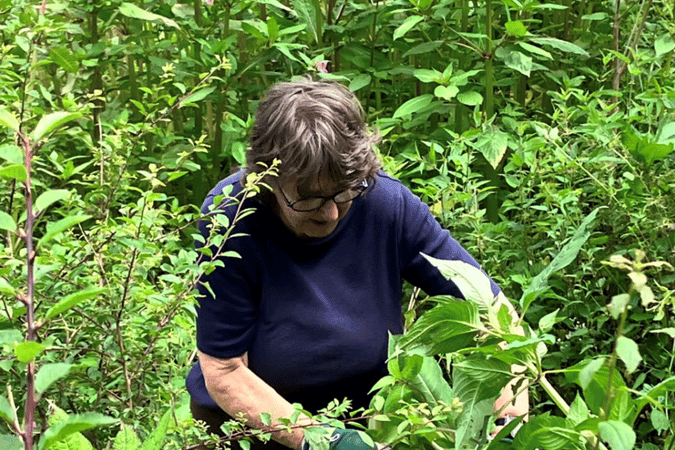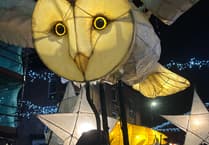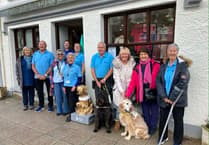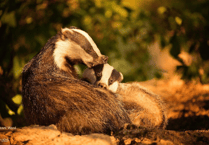A new partnership project is calling for volunteers to help protect important rivers from the threats of invasive non-native species in West Wales.
Natural Resources Wales’s Four Rivers for LIFE project is working in partnership with the West Wales Rivers Trusts (WWRT) to control the impact of invasive non-native species (INNS) on the rivers Teifi, Tywi and Cleddau.
INNS is any non-native invasive animal or plant that can spread, causing damage to our natural resources, environment, the economy, our health and the way we live.
Volunteers will work outside along the rivers to remove invasive Himalayan balsam plants found along the rivers and control the spread of the species further downstream.
This will be a targeted approach over a three-year period, to achieve full eradication of the plants in six tributaries.
The project is encouraging volunteers aged 16 years or over with an interest in conservation and enthusiasm to work in the great outdoors to apply. They must be willing to travel to the Lampeter, Llanybydder, Llandovery, Llandeilo or Haverfordwest areas and able to dedicate anything from a few hours to a few days a month.
Volunteers will be able to work at their own pace and, in return, will learn practical conservation skills and plant identification skills, as well as contributing to a wider control strategy to stop the spread of invasive species along our rivers.
The rivers are classed as Special Areas of Conservation (SAC) which means they are protected and of international importance for their wildlife and plants such as Atlantic salmon, lamprey, shad, otter and water crowfoot.
Controlling the spread and the impact of Invasive Non-Native Species (INNS) is a key objective of the volunteering work, as the plants have become widespread in the UK, colonising riverbanks, riparian margins and wet woodlands.
Himalayan balsam outcompetes native vegetation, where it dies back in winter, leaving banksides bare and vulnerable to erosion.
Harriet Alvis, West Wales Rivers Trusts Chief Executive Officer said: “Volunteers already make a vital contribution to the protection of our rivers and are an integral part of the solution in the longer term.”
Sarah Jewell currently volunteers with the WWRT. She said: “Being out along the local riverbanks with a group of likeminded others who want to do something practically useful to help protect this precious ecosystem has a positive effect on everybody’s sense of wellbeing, community and connection.”
Susannah Kinghan, Four Rivers for LIFE Project Manager said: “We are delighted to be supporting the WWRT to offer these volunteering opportunities. This is a chance to be part of a dedicated team and make a genuine contribution to environmental conservation.”
Over the last two years, mapping of INNS has taken place along the four rivers. The results have found dense clusters of Himalayan balsam, American skunk cabbage, Japanese knotweed and Giant hogweed in their vicinity.
There are approximately 150 INNS present in Wales, you can check the list of INNS and their distribution on the Wales INNS portal.
To find out more and to register your interest please go to the website Balsam Eradication Project | West Wales Rivers Trust





Comments
This article has no comments yet. Be the first to leave a comment.